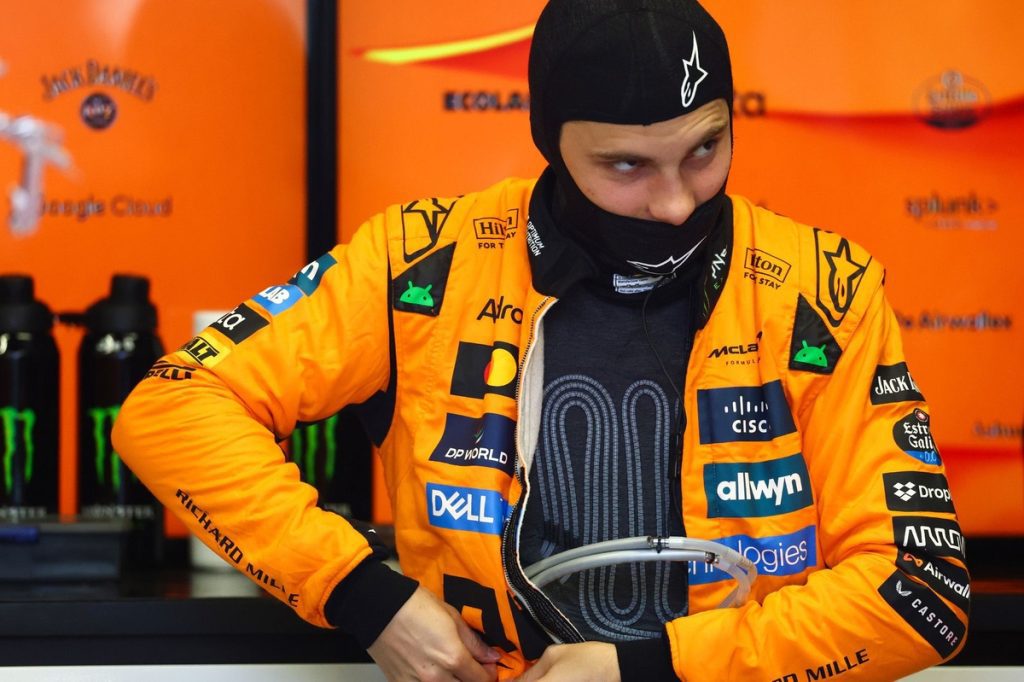Heat Hazard Warning for Singapore Grand Prix
For the first time, the FIA has issued a ‘Heat Hazard’ alert for this weekend’s Singapore Grand Prix, with temperatures predicted to reach 31°C on both Saturday and Sunday. As a result, all cars are required to carry components for cooling vests, although wearing them is optional for drivers at this point. If they opt not to use the vests, they must carry extra ballast instead.
Background on Cooling Vests
This unique situation springs from compromises made in response to extreme heat and humidity conditions affecting races. The issue gained prominence during the 2023 Qatar Grand Prix, where driver Logan Sargeant was pulled from the race due to heat exhaustion, while Esteban Ocon experienced severe discomfort in the final laps.
Testing and Future Implementation
Most teams have conducted tests in practice sessions, albeit with challenges surrounding the technology’s practical implementation. While the vests are currently optional, they are set to become mandatory in 2026 as systems are refined for optimal performance.
Drivers’ Reception and Experiences
Many drivers initially viewed the vests with skepticism, associating them with a loss of masculinity. However, those like George Russell who have tested them during hot races reported noticeable benefits. Russell, who was the first to use a cooling vest in Bahrain, stated that it enhanced his comfort and ability to manage a substantial electrical issue during the race, contributing to an unexpected podium finish.
Practical Challenges Faced
While many drivers, including Nico Hulkenberg and Alex Albon, have taken an interest in the vests, challenges remain. The system’s design involves 50 meters of tubing that transfers coolant, making the vests bulkier and threatening fit in the tight confines of an F1 cockpit. Additionally, effective cooling can be hampered by tube crimping and extreme cockpit temperatures, which can exceed 40°C.
Perspectives Ahead of Singapore
With the Singapore race known for its heat and humidity, there is a shared sentiment among drivers to give the cooling vests a trial. Lance Stroll, who experienced heat-related issues in Qatar, emphasized the extreme physical toll of racing under such conditions, indicating that he will attempt to use the vest to alleviate some discomfort, even if only temporarily.
Future Developments
Next year, new regulations will mandate the inclusion of cooling vest technology in F1 cars, and ongoing efforts are being made to enhance the reliability of these systems to better withstand the intense conditions experienced on the track. Teams are optimistic about the improvements made to the cooling systems with each race, aiming for a more successful performance long-term.



